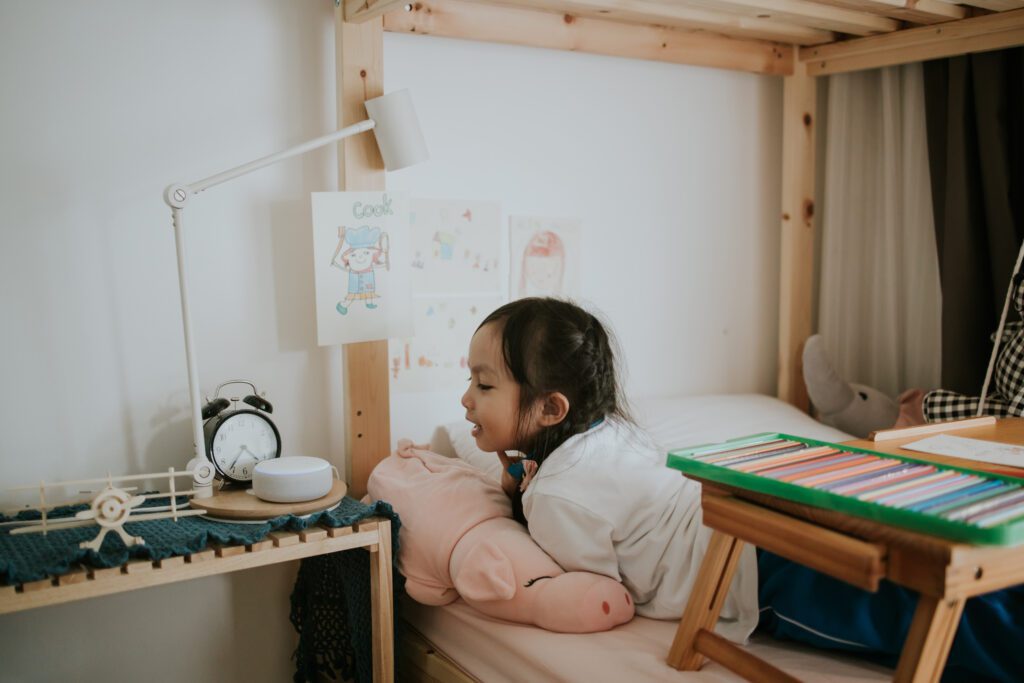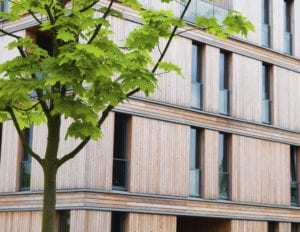Across the globe, the cost of energy is seeing an unprecedented increase. Statistics worldwide show that working from home and hybrid working are pushing energy usage up and producing higher energy bills. In the U.S., there has been a 40% price hike in fuel oil since 2019, and households in New Zealand could see a $1,000 NZD increase in their energy bills in the coming years. Furthermore, worldwide household consumption accounts for 29% of global energy use and contributes 21% of CO2 emissions. Sustainable home design could be the key to bringing these numbers down.
What is sustainable home design?
Sustainable home design aims to reduce environmental impact while enhancing energy efficiency. Essential components include the optimization of energy consumption through insulation and passive heating/cooling techniques. Furthermore, incorporating renewable energy sources and using water-saving fixtures results in a more sustainable living environment.
With the ongoing energy crisis, carbon reduction targets, and the changing climate, many of us are already aware that changing our ways of living is vital. This change can start at home. It’s now the optimal time for us to explore these aspects further to design smart and sustainable homes. Homes that are not just aesthetically well-designed but also balance the harmony of sustainability, wellbeing, and innovation. These three aspects can bring forward the benefits of a smart and sustainable home.

Sustainability
Sustainability encompasses a collection of ideas and applications that can be applied in your home. Energy efficiency is central to tackling climate change. It can notably reduce GHG emissions, direct emissions from fossil fuel consumption, and indirect emissions reductions from electricity generation.
Energy efficiency can relate to the home’s fabric by reducing and optimizing energy consumption. This is achieved by passive methods such as insulation and specified solutions. Some examples of energy-efficient solutions are:
- Incorporating a home energy monitor
- Installing a smart system
- Using low-energy appliances
Smart home technology is valuable as it allows homeowners to realize their home design dreams, such as outlining the convenience and control of intelligent home automation. The effects of environmental changes and hikes in energy prices have made installing smart home technology more appealing than ever. Smart homes have the potential to save on household energy bills, reduce domestic carbon footprints, and optimize comfort and safety. In this way, smart homes are just sustainable homes better equipped for the future.
Wellbeing
Designing a smart home involves thinking more deeply about what smart and sustainable living entails. It’s not simply about saving energy. It’s also about catering to you and your family’s wellbeing and quality of life.
With indoor pollutants typically 2 to 5 times higher than outdoor, it is evident that measures need to be taken to ensure improving air quality is considered when designing homes. Enabling occupants to understand the home’s air quality will help homeowners find out the causes of poor air quality. These can be addressed by installing air quality monitors, humidity sensors, and carbon monoxide alarms and monitoring systems.
Heat loss is a substantial problem. Not just in terms of energy efficiency but also regarding health and wellbeing. The loss can be combated through more active ways to address thermal comfort through smart home solutions. Installing smart room thermostats as an example can facilitate multi-zone thermal comfort both in the home and remotely.
Sight is our most dominant sense. Too much or too little light in a room, can create visual discomfort leading to eye strain, headaches, and migraines. Giving the ability to control and adapt lighting within their homes is essential to supporting each member of the household’s visual comfort and wellbeing.
Acoustic comfort is an important consideration when designing homes that support wellbeing. It is easy to underestimate the impact of noise pollution. Research has shown that exposure to excess noise can significantly affect our physical and mental wellbeing. In 2021, for instance, 20% of the European population resided in areas where noise levels were detrimental to their health. Acoustic options can be leveraged to increase acoustic comfort within a home’s design. For example, acoustic paneling can help reduce noise by absorbing vibrations.
Innovation
Energy resilience is crucial to living sustainably and smartly. The innovation needed to bring about this resiliency is equally essential. The key to empowering households to become energy entrepreneurs is installing Home Energy Management Systems. The system gives families the understanding, insight, control, and adaptability to manage and use their energy cost-effectively and help them become more energy resilient. An example of an innovative and reliable Home Energy Management System can be found with Schneider Electric’s Wiser. A modular intuitive smart home solution giving households unparalleled control over their home’s systems, maximizing comfort and safety while optimizing home energy consumption.
When conversing about the future of the home, one thing seems to be on the tip of everyone’s tongue – Artificial Intelligence (AI). The idea of AI conjures up images of robots acting within the home as servers to our needs. The reality is much more nuanced than this. Research into the scope of smart homes found an emphasis on AI providing ‘intelligent interactions’– communicating with the home system to adapt to our individual needs.
In the home of the future, we may see smart devices integrated into the fabric of our domestic spaces. Sensors and data will be used to learn what is a personal norm and what is out of the ordinary. We can then make changes to our environment to support our health and wellbeing.
Creating human-centered, future facing and sustainable homes
As we negotiate life after the pandemic, we face numerous complicated concerns on a global scale. Many things are in flux during this time of rapid change; our climate, the environment in which we live, and the knowledge that resource disruptions could affect us. People have changed their daily routines to accommodate these changes, such as choosing hybrid work arrangements or working from home. This increased our reliance on our homes as well. Homes need to be durable, given the growing demands we have started to place on our dwellings.
To simplify the complexities of designing a home, let’s strive to integrate sustainability, wellbeing, and innovation into the house’s design. Let’s create smart, sustainable homes that are better prepared for the future.
Know more about what we can do together to achieve net zero homes.



